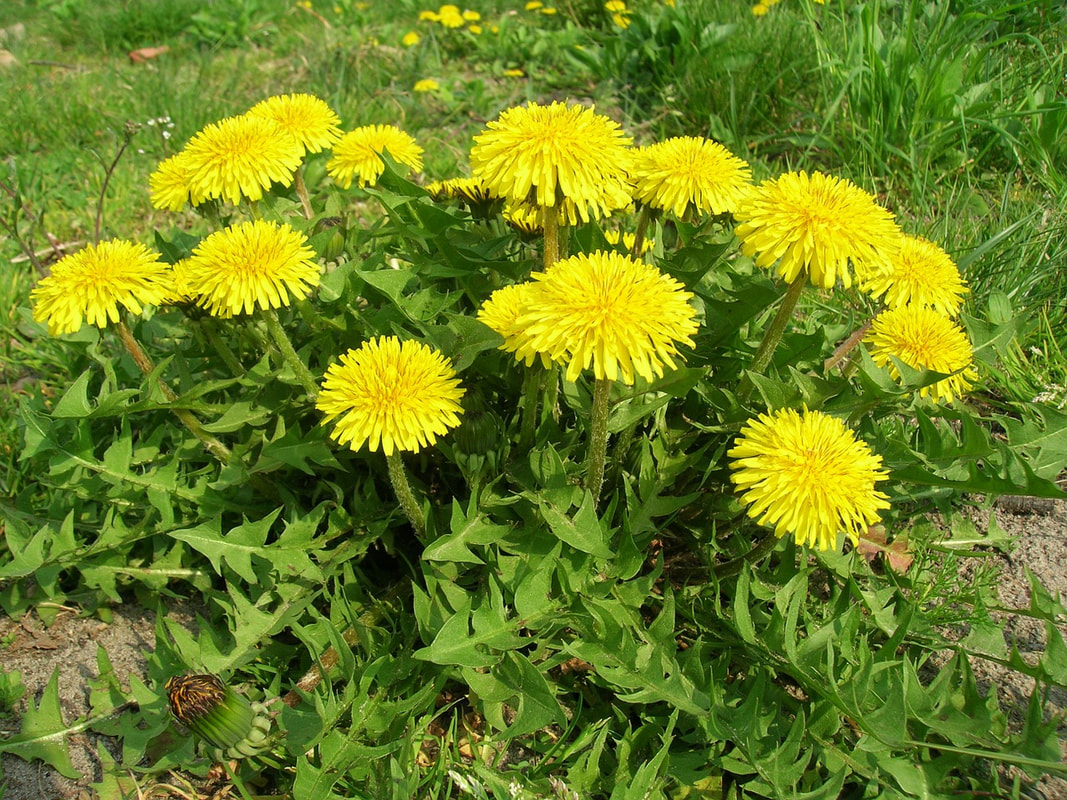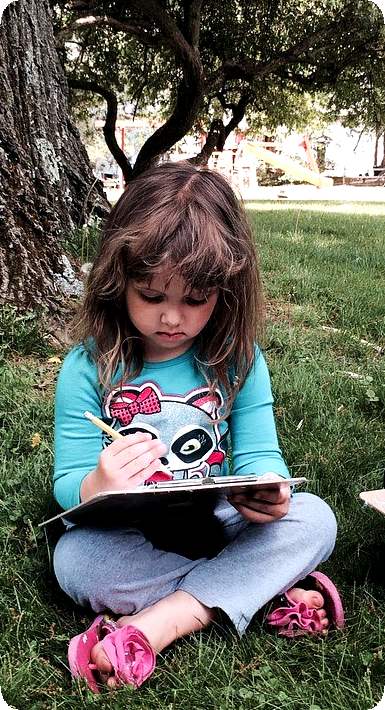In Defense of the Dandelion
Spring has arrived and so have the dandelions. Here by the porch, there by the drive, everywhere. For years I struggled to get rid of them. One summer I wore out a pair of leather gloves digging them up. Another summer our dog Fred almost died from drinking the weed killer I mixed in the garage.
I’m older now and have learned better. I just sit on the porch and leave the dandelions alone. In fact, we have grown fond of one another.
I have decided that the real American Beauty isn’t the rose but the dandelion. The common dandelion is not a native American. Like most of our ancestors, it didn’t travel first class, and there is no record of its arrival on our shores. All we know is that it seems to have come from Europe, and like those ‘huddled masses’ who sought a better life in a newer world, the dandelion put down roots and thrived.
Grateful for the opportunity to settle, it was content to make wayside and wasteland bloom. Unlike the cultivated rose, the dandelion is, in its stem of stems, a Populist. It generally prefers hard homesteading on barren ground to pampered living in potting soil. The dandelion smiles just as brightly amid backyard tenement clutter as it does beneath the boxwood border of an English garden. In contrast to the formal rose, which makes a sticking point of ceremony and can be prickly with those who do not show proper deference, the dandelion is friendly. It even enjoys the company of children as they weave it into garlands.
The dandelion lives a clean and simple life. It opens and blooms at sunrise and, closing up tightly, goes to bed at sunset. It keeps healthy and respectable hours because it is a family flower. One hundred to two hundred florets compose its yellow blossom. As the florets mature and are finally pollinated, the dandelion’s stem lengthens. Sacrificing its position in the world, the dandelion now lives for its children, closing one last time until the florets have grown into seeds and are ready to leave home. Then the gray globe expands so the seeds can catch a breeze and start out well in life.
No other flower embodies the American spirit as well as the dandelion. When the going gets tough, pansies and petunias wilt. Neither the strong winds nor heavy rains can break the dandelion. When the petals of the dogwood blossoms are scattered and the peony is beaten to the ground, the dandelion still holds its head up bravely.
Unlike the southern Magnolia or sagebrush, the dandelion is not tied to a particular region of the country. It is truly a National flower. Moreover, it is a flower for all months and all climates; from January to December, the dandelion blossoms somewhere. It may be found in Arizona under the shadow of the saguaro cactus, in Florida’s orange groves, or on a ledge in Colorado’s mountains.
Such a flower is a bright sign of hope, and when winter comes and days and nights seem black, remember that somewhere in America, the dandelion is blooming.
-Samuel Pickering, Junior
Samuel F. ‘Sam’ Pickering, Junior was born on 30 September 1941 in Nashville, Tennessee, United States of America. He is a professor emeritus of English at the University of Connecticut in Storrs and a writer of essays and articles.
Spring has arrived and so have the dandelions. Here by the porch, there by the drive, everywhere. For years I struggled to get rid of them. One summer I wore out a pair of leather gloves digging them up. Another summer our dog Fred almost died from drinking the weed killer I mixed in the garage.
I’m older now and have learned better. I just sit on the porch and leave the dandelions alone. In fact, we have grown fond of one another.
I have decided that the real American Beauty isn’t the rose but the dandelion. The common dandelion is not a native American. Like most of our ancestors, it didn’t travel first class, and there is no record of its arrival on our shores. All we know is that it seems to have come from Europe, and like those ‘huddled masses’ who sought a better life in a newer world, the dandelion put down roots and thrived.
Grateful for the opportunity to settle, it was content to make wayside and wasteland bloom. Unlike the cultivated rose, the dandelion is, in its stem of stems, a Populist. It generally prefers hard homesteading on barren ground to pampered living in potting soil. The dandelion smiles just as brightly amid backyard tenement clutter as it does beneath the boxwood border of an English garden. In contrast to the formal rose, which makes a sticking point of ceremony and can be prickly with those who do not show proper deference, the dandelion is friendly. It even enjoys the company of children as they weave it into garlands.
The dandelion lives a clean and simple life. It opens and blooms at sunrise and, closing up tightly, goes to bed at sunset. It keeps healthy and respectable hours because it is a family flower. One hundred to two hundred florets compose its yellow blossom. As the florets mature and are finally pollinated, the dandelion’s stem lengthens. Sacrificing its position in the world, the dandelion now lives for its children, closing one last time until the florets have grown into seeds and are ready to leave home. Then the gray globe expands so the seeds can catch a breeze and start out well in life.
No other flower embodies the American spirit as well as the dandelion. When the going gets tough, pansies and petunias wilt. Neither the strong winds nor heavy rains can break the dandelion. When the petals of the dogwood blossoms are scattered and the peony is beaten to the ground, the dandelion still holds its head up bravely.
Unlike the southern Magnolia or sagebrush, the dandelion is not tied to a particular region of the country. It is truly a National flower. Moreover, it is a flower for all months and all climates; from January to December, the dandelion blossoms somewhere. It may be found in Arizona under the shadow of the saguaro cactus, in Florida’s orange groves, or on a ledge in Colorado’s mountains.
Such a flower is a bright sign of hope, and when winter comes and days and nights seem black, remember that somewhere in America, the dandelion is blooming.
-Samuel Pickering, Junior
Samuel F. ‘Sam’ Pickering, Junior was born on 30 September 1941 in Nashville, Tennessee, United States of America. He is a professor emeritus of English at the University of Connecticut in Storrs and a writer of essays and articles.





























































































